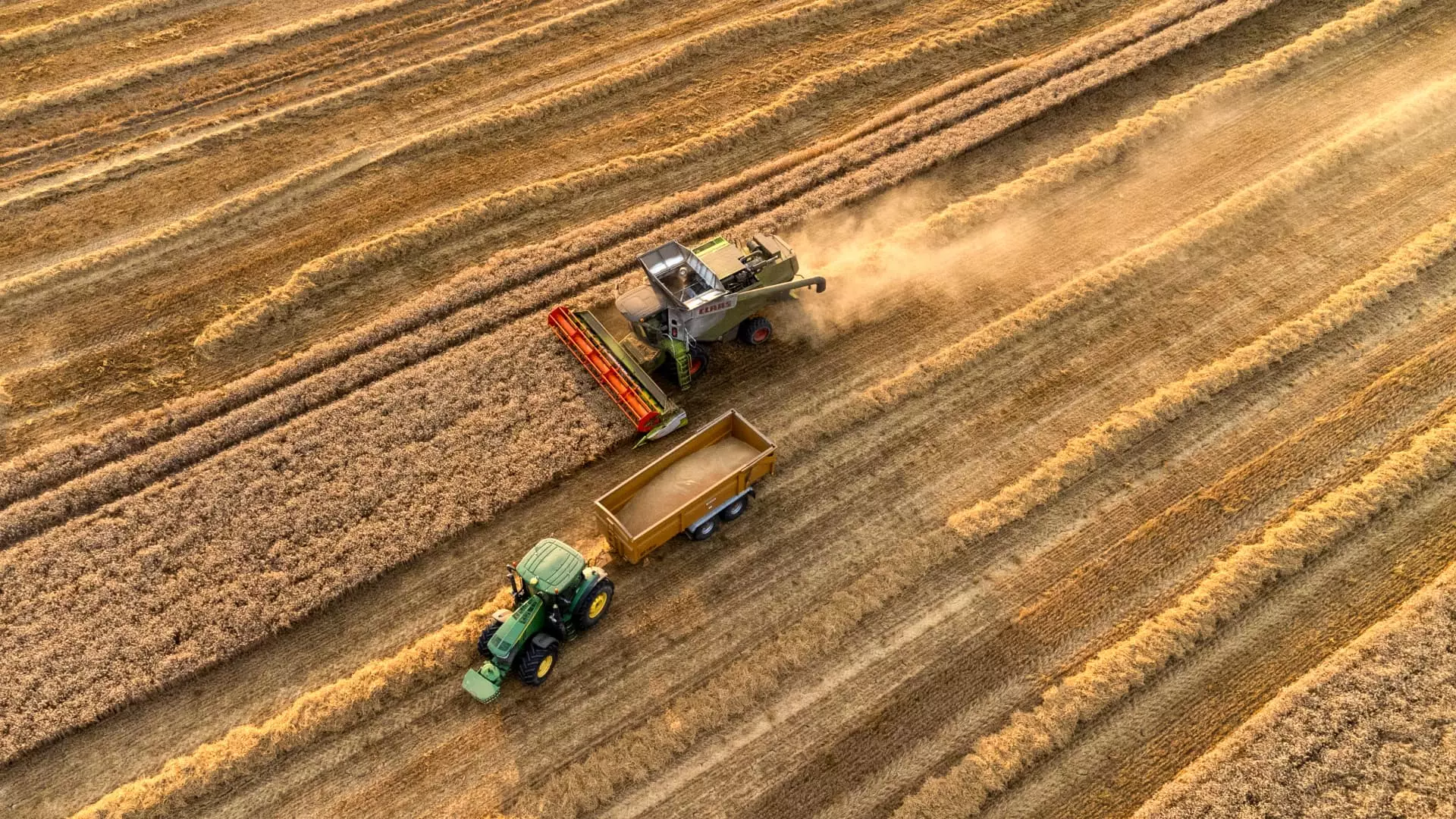Agricultural commodities have historically faced significant volatility, impacted by weather patterns, market demands, and global economic conditions. However, recent trends suggest a notable shift as these commodities recover from prolonged lows. As we navigate an increasingly tumultuous equity market, understanding the momentum in agricultural commodities presents unique investment opportunities. This article explores the current landscape of agricultural investments, evaluating the potential for growth as the markets exhibit signs of a bullish reversal.
Momentum in agricultural commodities has begun to manifest positively, as indicated by both technical and fundamental analyses. This shift appears particularly strong in the context of recent market conditions where volatility has surged. Investors are now looking to reassess opportunities deemed oversold in previous periods. For instance, exchange-traded funds (ETFs) like the Teucrium Corn Fund (CORN) and Invesco DB Agriculture Fund (DBA) have been identified as potential candidates for recovery, displaying characteristics that suggest they are well-positioned for upward movement.
These trends reflect a broader technical theme where traders are redirecting their focus to the agricultural sector, especially after several weeks of noteworthy price consolidation. This consolidation phase can act as a launching pad for significant upward price action, allowing investors to capitalize on a counter-trend move.
Among the various agricultural commodities, wheat stands out due to its recent price performance. The Teucrium Wheat Fund (WEAT) provides insight into this momentum shift. Notably, WEAT has managed to break through initial resistance levels, such as the 10-week moving average, prompting a positive momentum shift identified through indicators like the weekly MACD and stochastic oscillators.
Furthermore, the commodity’s successful test of long-term support, dating back to 2019 around the $4.90 mark, has strengthened the bullish outlook. The prevailing dynamics suggest that wheat is positioned for further gains, especially as the stochastic indicators remain below overbought thresholds. The upcoming resistance at the $6.20 level in the weekly cloud model will be critical; surpassing this could signal a definitive trend reversal for WEAT, further attracting bullish sentiment.
An alternative strategy for investors is focusing on equities linked to the agricultural sector. Crop protection companies, such as Corteva (CTVA), offer promising avenues for growth under the current conditions. Corteva has established a series of higher lows, indicating a robust support base as the company enters a bullish turnaround phase.
Technical indicators reinforce this bullish sentiment around CTVA. The alignment of short-term and long-term moving averages, alongside a positive reading on the weekly MACD, suggests a compelling investment narrative. As the stock approaches Fibonacci resistance near the $59 level, the potential for an intermediate-term price objective of $65 becomes more feasible, signaling an attractive upside for investors.
While the positive signals in agricultural commodities are promising, it is essential to approach these investments with a strategic risk management plan. For Corteva, the convergence of long-term support at the weekly cloud and the 40-week moving average, hovering around $53, provides a critical reference point for investors. This level can serve as a foundation for future investments, while the rising 50-day moving average offers a practical trailing stop-loss option for those engaging in long positions.
Investors should also remain cognizant of the broader market conditions and other influential factors, such as weather patterns and geopolitical developments that could affect agricultural production. The agricultural sector may be susceptible to abrupt changes, making it vital for investors to stay updated with market trends and emerging data.
The recent positive momentum in agricultural commodities, particularly in wheat and agriculture-related equities, presents a compelling case for investors seeking opportunities in a volatile market landscape. The forthcoming resistance levels and established support zones suggest potential for growth as these markets recover from historical lows. Remaining vigilant and adaptable will be key for investors as they explore these promising avenues within the agricultural sector. Ultimately, those with the foresight to recognize these trends may find themselves well-positioned to benefit from a fruitful investment in agricultural commodities.

